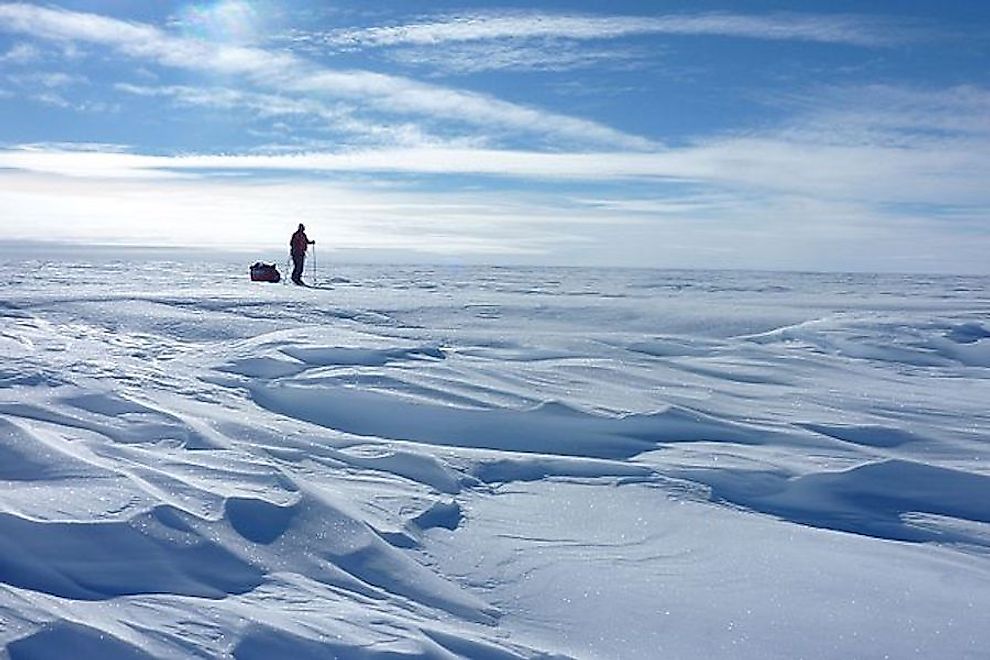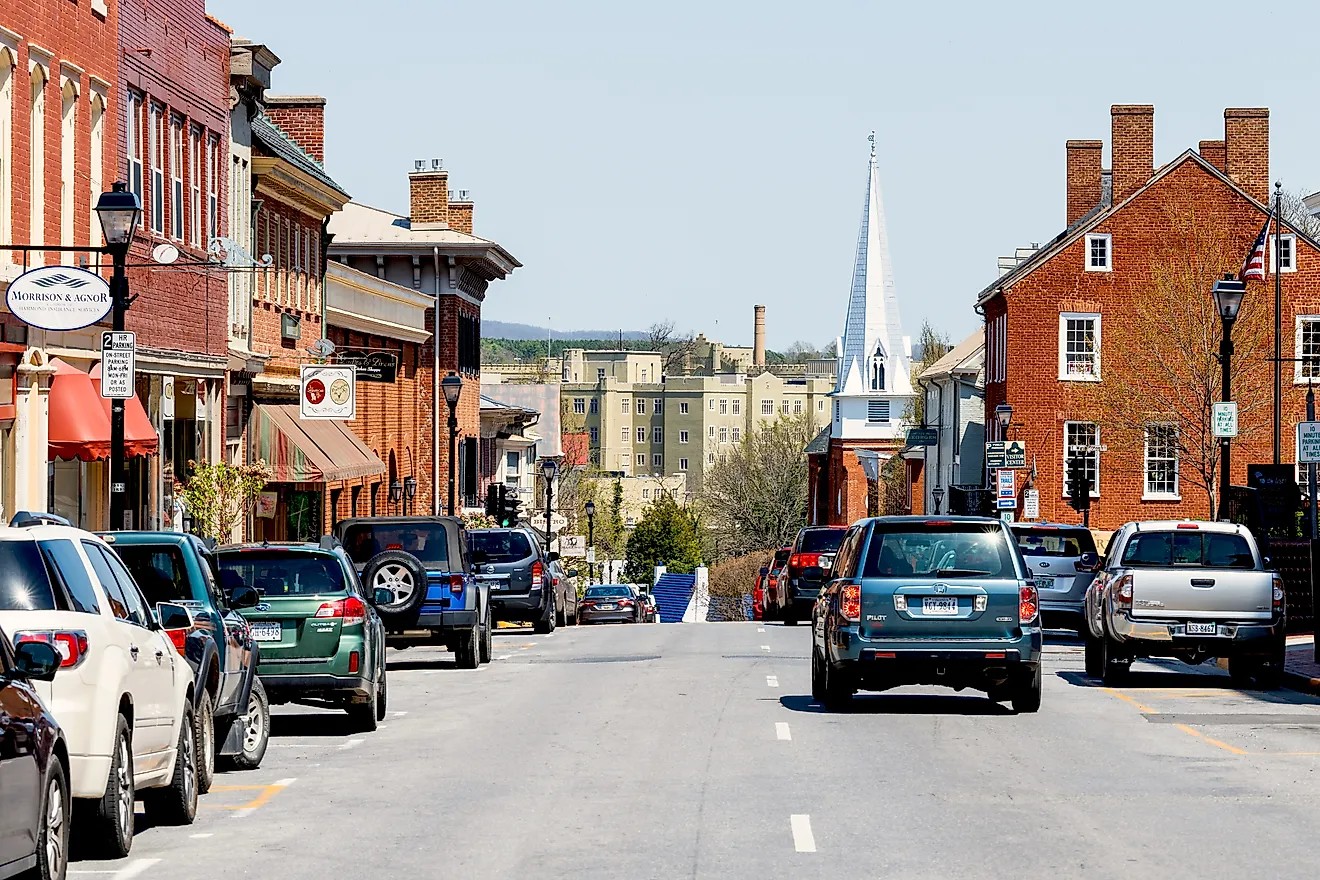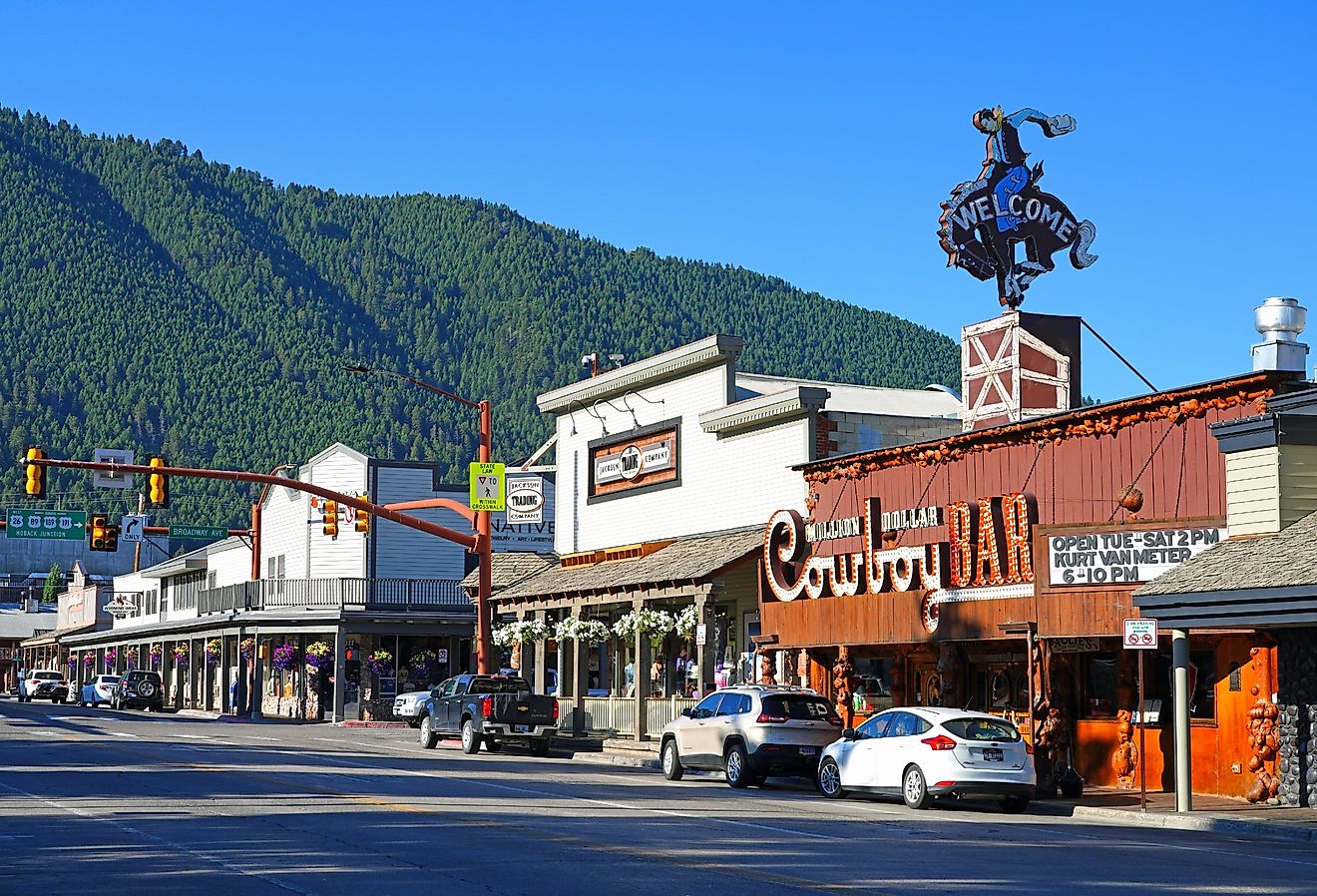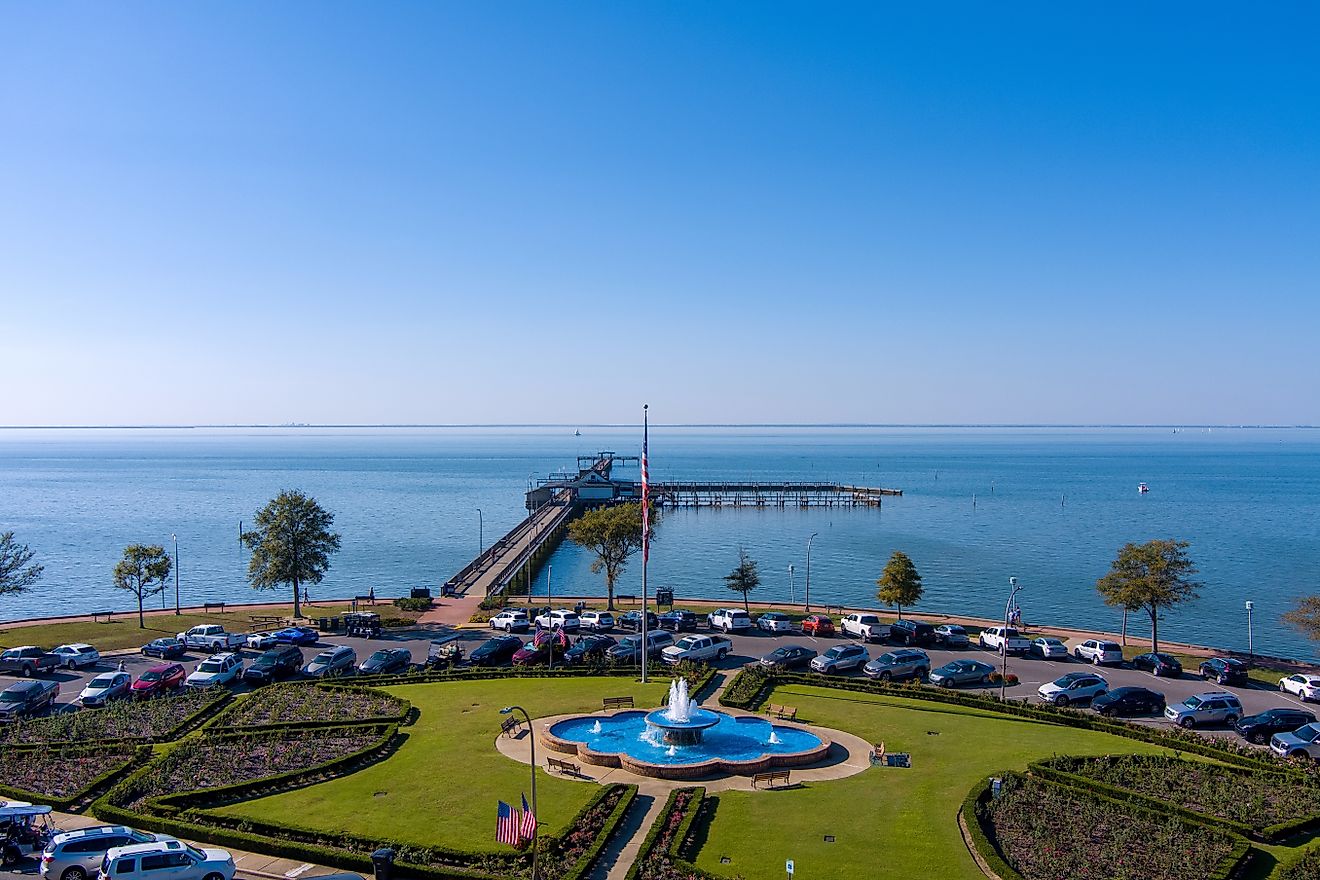The McMurdo–South Pole Highway: The World's Most Southerly Road

Where Is The World's Most Southerly Road Located?
McMurdo-South Pole Highway, also known as the South Pole Traverse, is estimated to be about 995 miles long. The highway is a densely snow-covered road in Antarctica that connects the McMurdo Station on the coast of US to the Amundsen-Scott South Pole Station. The McMurdo-South Pole Highway was built when the snow was leveled and filled into the crevasses. Although the road is not paved it is marked using flags to indicate the route.
Route Of The McMurdo–South Pole Highway
The South Pole trail was fully traversable in 2005 for the first time with case corp and caterpillar tractors hauling specially designed sleds transporting cargo and fuel to the South Pole in approximately 40 days. The trip returning to McMurdo Station is consequently faster due to less cargo and fuel. The construction of McMurdo-South Pole Highway began during the southern summer field season in the years between 2002 and 2003 before coming to an end in the southern in summer of 2005 to 2006. The Antarctic Plateau and the McMurdo Ice Shelf are considerably stable with the most crevasses occurring along the short elevated shear zone between them, the area where the trail climbs ahead of the Leverett Glacier from close to the southernmost area of Ross Ice Shelf to the Polar Plateau which is over 6,600 feet above sea level. The section of the road is in constant need of seasonal maintenance. The section of the road required much more construction work than anticipated due to likelihood of the ice sheets moving.
History Of Establishment Of The Route
The United States National Science Foundation (NSF) funded the project to provide a more effective and efficient way to supply the South Pole Station with fuel and cargo at a lower budget. However, due to the unpredictable adverse weather at the McMurdo-South Pole Highway during some summers, the number of supply flights NSF made to bring in the scientific equipment, and construction supplies had reduced substantially. The McMurdo-South Pole highway not only lowers the carbon footprint over the use of aircraft but also saves approximate 40 flights. Following a one year break, the team involved in the traverse took control of the trail between the years 2007 to 2008 and after a season of comprehensive work completing the first operational road between the year 2008 and 2009.
Interesting Facts Associated With The McMurdo–South Pole Highway
The South Pole Traverse also assisted with the transportation of heavy equipment required to implement the road's proposed plan of an optical fiber link between the South Pole and the French-Italian Concordia Station of South Pole Connectivity Program. The Concordia Station is based at Dome C at the boundary of the Antarctic Plateau. The Station has 24 hours access to geosynchronous satellites which cannot be used at the poles because they are located below the horizon. For that reason the South Pole currently uses lower bandwidth satellites that sufficiently dip south of the equator and are used for several hours every day. However, these satellites are at the end of their lifespan. The McMurdo-South Pole highway might be able to provide an alternate route that is regularly maintained to such a link, but opinions differ as to the shear section’s suitability for long term cable.
Successes Achieved On The Road
A press released on February 7th, 2006 by the NSF indicated that about 100 metric tons of cargo had been successfully transported overland to the South Pole Station as proof that the highway is functional.Maria Leijerstam pedaled a recumbent fatbike that has three wheels over a section of the McMurdo-South Pole highway in February 2013. The achievement was recognized by the Guinness World Records as the first person to arrive by bicycle at the South Pole.











